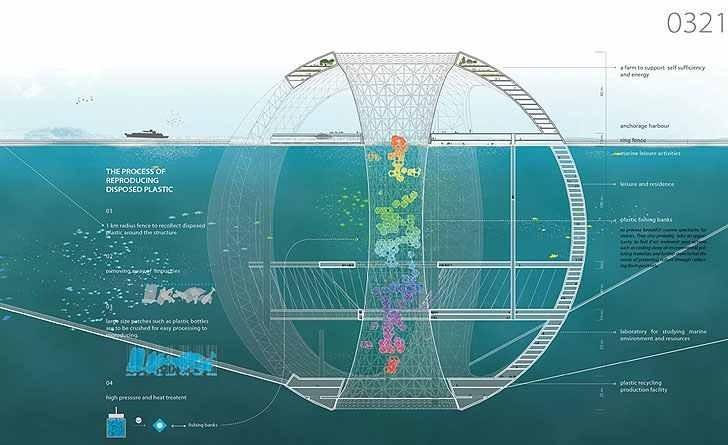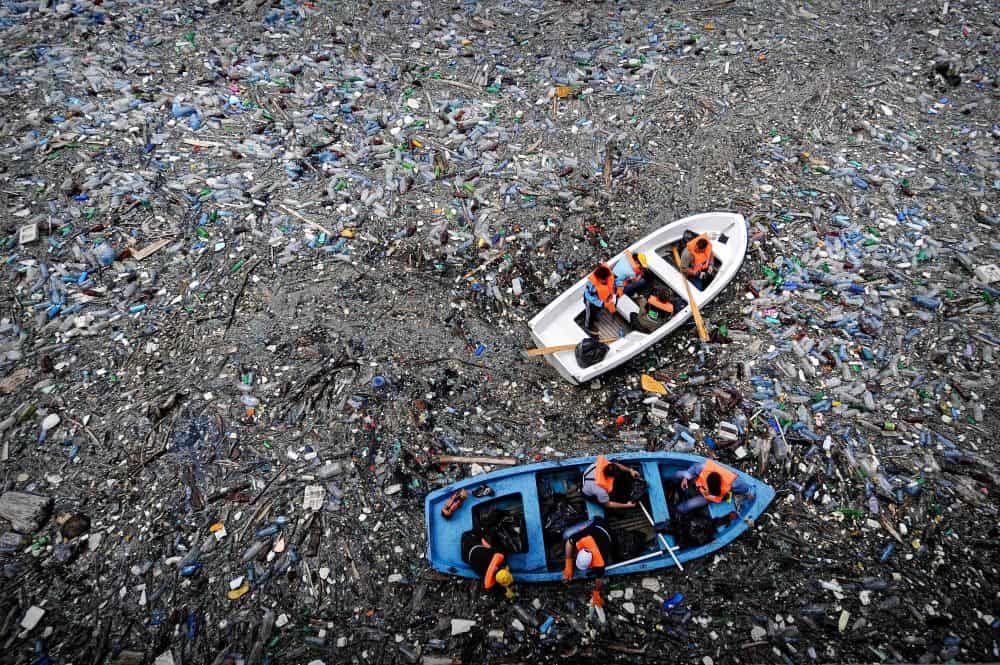Drowning In Plastic The Great Pacific Garbage Patch

Strange Cargo When ships are caught in storms, they often lose cargo to the oceans. The following are just a few of the strange items that have washed up on shores: • In 1990, five shipping containers of Nike sneakers and work boots were lost to the Pacific in a storm. People in Washington and Oregon snatched up the shoes on shore, holding swap meets to find matched pairs to wear or sell. • In 1992, rubber duckies floated in the Pacific when a ship lost tens of thousands of bathtub toys. The ducks were accompanied by turtles, beavers, and frogs. • In 1994, a ship lost 34,000 pieces of hockey gear, including gloves, chest protectors, and shin guards.

Quotable Captain 'So on the way back to our home port in Long Beach, California, we decided to take a shortcut through the gyre, which few seafarers ever cross. Kamov Ka-50 Alphasim For Fs9 & Fsx. Fishermen shun it because its waters lack the nutrients to support an abundant catch. Installing Libusb For Pcsx2 more. Sailors dodge it because it lacks the wind to propel their sailboats.
Welcome to the Great Pacific Garbage Patch. Great Soils are the Key to Great Wines. Drowning in plastic. The remains of dead baby albatrosses reveal the far-reaches of plastic pollution. Some reports about the 'Great Pacific Garbage Patch' would lead you to.
'Yet as I gazed from the deck at the surface of what ought to have been a pristine ocean, I was confronted, as far as the eye could see, with the sight of plastic. 'It seemed unbelievable, but I never found a clear spot. In the week it took to cross the subtropical high, no matter what time of day I looked, plastic debris was floating everywhere: bottles, bottle caps, wrappers, fragments. Months later, after I discussed what I had seen with the oceanographer Curtis Ebbesmeyer, perhaps the world's leading expert on flotsam, he began referring to the area as the 'eastern garbage patch.' Charles Moore, discoverer of the Great Pacific Garbage Patch, in an article for Natural History magazine in 2003. The area in the center of a gyre tends to be very calm and. The circular motion of the gyre draws debris into this stable center, where it becomes trapped.
A plastic water bottle ed off the coast of California, for instance, takes the California Current south toward Mexico. There, it may catch the North Equatorial Current, which crosses the vast Pacific. Near the of Japan, the bottle may travel north on the powerful Kuroshiro Current.